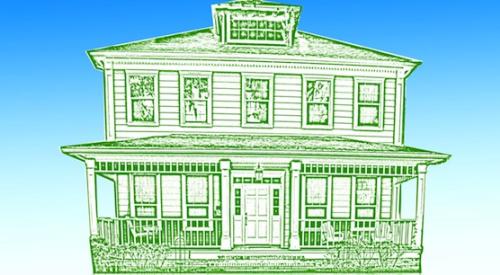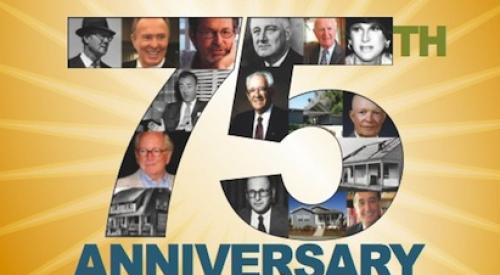|
Professional Builder just completed its 70th year of publication; we debuted in 1936 as Practical Builder. The staff has been digging through the archives, finding great stories and information about the housing industry's evolution and the effect is a little like rummaging around in our grandmothers' attics. We've found things that compelled excitement, wonder, and even raised eyebrows. (To be honest, some of the advertisements in the late 60s and early 70s can induce a pretty good blush.)
For my own part, I poured over the issues from the first decade of the magazine's publication. As you can read in our special story that starts on page 64, a lot has changed over the years, but what struck me in particular is how little has changed.
Professional builders today still face the same challenges and rewards the practical builders of the 1930s and 40s did. During the Depression, the housing industry ground to a halt and a vast number of the people who were photographed standing in soup lines were from the construction trades.
Then, just as quickly as it began, the bust turned boom when the U.S. entered World War II. Suddenly, the country needed housing for war workers. But the labor — skilled and unskilled — had enlisted, taking them from the soup line to the front line. Faced with the challenge of using an untrained and short-handed workforce, home builders relied on new technological advances, more organization and better site management, proving the adage, "What is old is new again."
Today, we like to dwell on how sophisticated our homes are and how efficient we build them. I agree, and my standard response when I hear someone say, "They don't build them like they used to," is "Thank goodness." Still, advances we see today were paved in those decades 70 years back. Panelized construction, indoor air quality, electric tools and modular housing were all elements of the building scene then as they are now. The ideas and goals we valued then are the same we value now.
So, what is the difference?
For one, today's technology is far more advanced compared to the technology of those days. In just the last decade, we've seen huge changes in building materials and processes in part because of the power of computers. A good desktop now has the same computing power that a mainframe computer had just 10 years ago.
There is another difference that exists today. The home building industry is better organized and speaks with a clearer voice. For 70 years, Professional Builder has been an element of that voice, a vehicle to amplify and resound our story throughout the industry. We have joined with other powerful allies, such as the National Association of Home Builders, to support and grow the industry, and now we see the results.
The American dream has always been to own a home. Today, we make that dream come true in unprecedented ways that shape not just the landscape of the country, but the financial health and well-being as well.
In the 1940s, home builders struggled to get people's ears. Today, from Wall Street to Washington, everybody watches home building. Now that is real change.
Paul Deffenbaugh, Editorial Director, 630.288.8190, paul.deffenbaugh@reedbusiness.com
|












